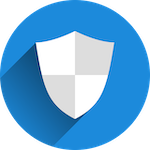In preparation for the Workday Student release in March, an enthusiastic group of student and faculty volunteers – representing a range of Simmons programs – recently previewed the application as part of “mock semester” testing. Participants actively engaged in the system – navigating their records and completing typical semester activities including registration and grading. Feedback from testing was very positive and helped the team to identify areas of improvement for user experience and training.
Stay tuned for opportunities to learn more about Workday Student including demos, Q&A sessions, and brown bag lunches as the March release approaches!
Additional information about Workday Student is available in the November Technology Newsletter. For questions about Workday Student, please reach out to [email protected].



